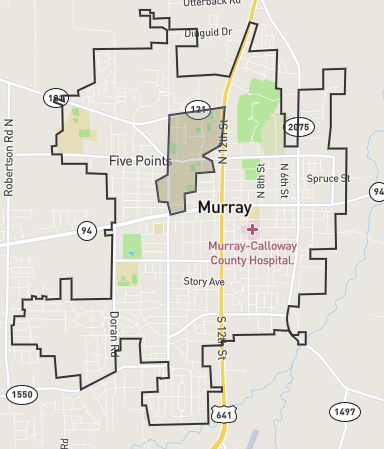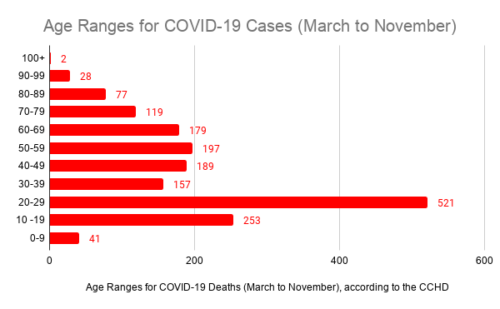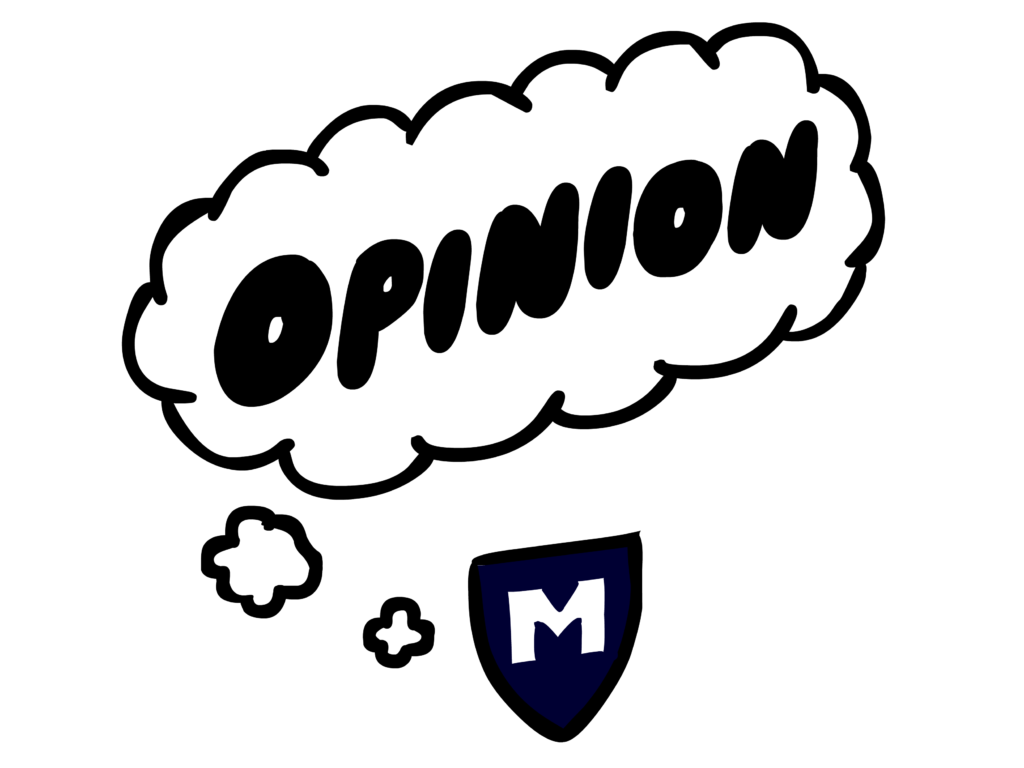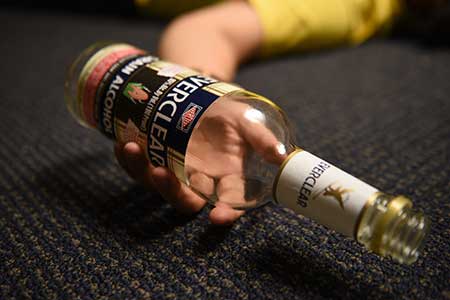
Nearly half of all college students traveling for Spring Break vacations will take part in binge drinking during their trips. Most are influenced by crowds and their peers.
Nearly half of all college students binge drink, according to 2014 data from the National Institute on Alcohol Abuse and Alcoholism.
Binge drinking is loosely defined as having five or more drinks in two hours for men, and having four or more drinks in two hours for women.
“1,825 college students between the ages of 18 and 24 die each school year from alcohol-related unintentional injuries,” according to Robert Glatter, a contributing writer for Forbes.
The majority of students taking trips over the break will be surrounded by crowds of their peers, many of who in will be drinking heavily.
If students do decide to drink, Sergeant David Howe of the Murray Police Department urges students to stay with a friend who will stay sober, or drink slowly enough so their bodies can metabolize the alcohol.
“Your body can generally process one drink an hour, depending on body weight, so having only one drink per hour would be advisable,” Howe said.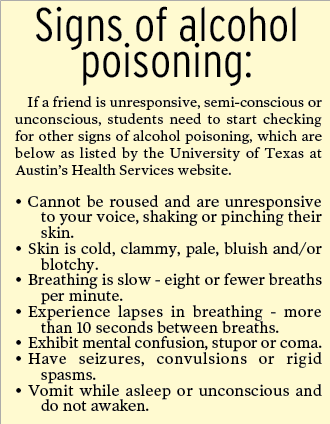
If students are arrested for disorderly intoxication in Florida, a popular destination for Spring Breakers, they could be charged with a second degree misdemeanor.
“No person in the state shall be intoxicated and endanger the safety of another person or property, and no person in the state shall be intoxicated or drink any alcoholic beverage in a public place or in or upon any public conveyance and cause a public disturbance,” according to the Florida Statutes.
While statistics and statutes may not influence students to not binge drink, then knowing the signs of alcohol poisoning, at the very least, is vital to Spring Break safety.
The crowds of peers, and thus peer pressure, will most likely be filled with many students who are unaware of the signs of alcohol overdose they should be looking for in their friends.
Responsibility and moderation are the names of the game on Spring Break. Students should take a line from alcohol commercial narrators and enjoy responsibly.
Story by Kayla MacAllister, Staff writer



























































































